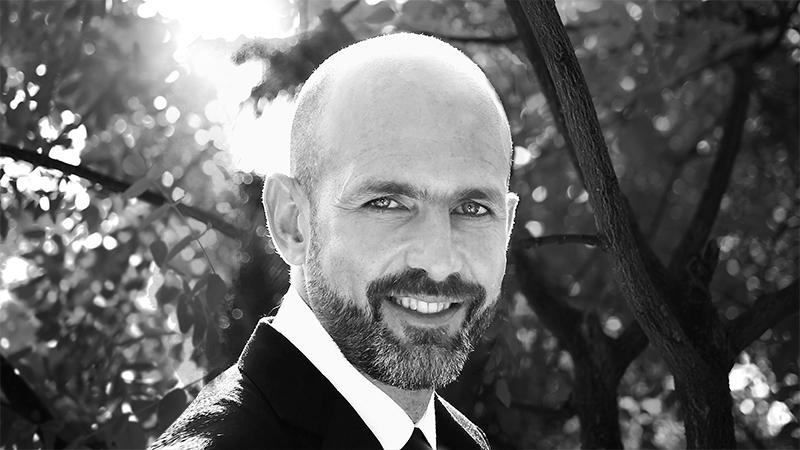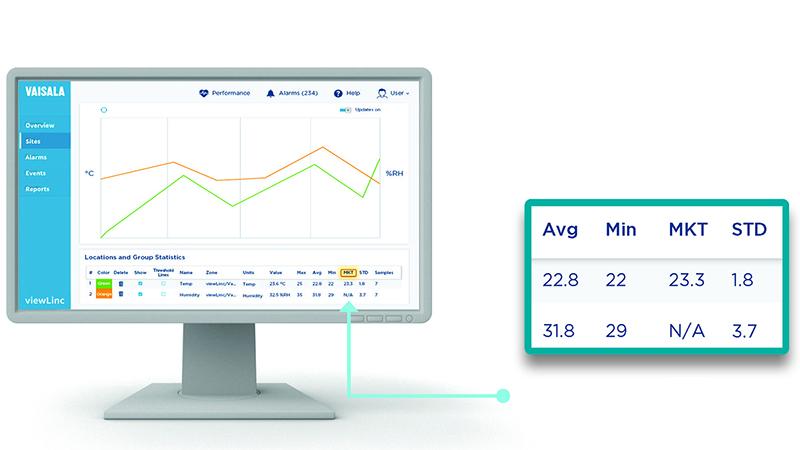When we asked our customers and industry contacts: "Do you use MKT in a regular workday?" Over 31% said: yes. Surprisingly, almost 5% of people said they were unsure how to use the calculation at all and roughly 63% said they didn't use it very often, but wanted to understand where and when to use it. This webinar was created for people in all three groups - experienced, curious and uncertain.
In this webinar we outline the history of the mean kinetic temperature calculation in pharmaceutical manufacturing and distribution. We will include an overview of the regulatory guidance on MKT from the FDA, EMA, and ICH.
Vaisala's Senior Regulatory Expert Paul Daniel provides you with clear guidance for using the mean kinetic temperature calculation, including where it is useful in decision-making for regulated industries, and where it is not.
Key Learning Objectives
- References and resources for MKT calculation
- The Arrhenius equation and the non-linear effect of temperature excursions
- How regulatory bodies (like the FDA and EC) recommend MKT
- What data to use when MKT is not appropriate
If you have already attended or registered for this webinar, please click here.
You can modify your preference settings or unsubscribe at any time here
Webinar speaker

Paul Daniel, Vaisala
Paul Daniel is the Senior GxP Regulatory Expert at Vaisala. He has worked in the GMP-regulated industries for over 20 years helping manufacturers apply good manufacturing practices in a wide range of qualification projects. His specialties include mapping, monitoring, and computerized systems.
At Vaisala, Paul oversees and guides the validation program for the Vaisala viewLinc environmental monitoring system. He serves as a customer advocate to ensure the viewLinc environmental monitoring system matches the demanding requirements of life science and regulated applications.
Paul also shares his GMP experience through regular blog contributions, webinars, and seminars around the world. Paul’s expertise in the demanding GxP world is applicable to any industry where measurement is critical to product quality. Paul is a graduate of University of California, Berkeley, with a bachelor's degree in biology.
